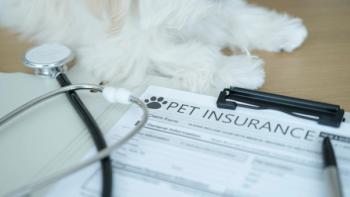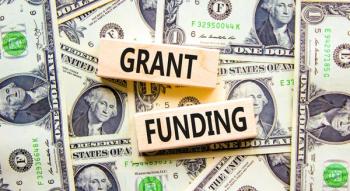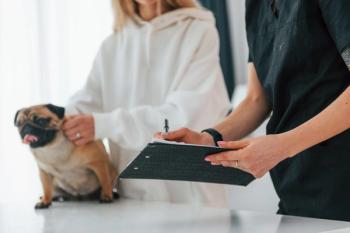
Is there a simple formula to assess the value of my practice? How do goodwill, inventory, and depreciated equipment factor into it? (Sponsored by Intervet/Schering-Plough Animal Health)
The excess earnings concept, Excess Earning and Single Period Capitalization Methodologies, is a widely used tool to assess the value of an equine practice.
The excess earnings concept, Excess Earning and Single Period Capitalization Methodologies, is a widely used tool to assess the value of an equine practice. The excess earnings method combines net cash flow, accurate asset valuation (including equipment depreciation), and a capitalization rate for goodwill.
Image: Getty Images
Net cash flow is determined after all typical expenses, such as doctor compensation and rent (if there is a physical facility), are paid. Each line item needs to be reviewed to determine if an expense is a fair business expense and would go forward with a new owner. Personal perks or expenses that will not go forward, e.g., your children on the payroll, will be added back to the cash flow. The value of equipment after depreciation will be added back because it is a noncash expense.
The capitalization rate is the benefit (or risk) associated with the sale of a practice. For example, imagine if two ambulatory practices had the same net cash flow and the owner in practice A decides that once the practice is sold he will move to another town. In practice B the owner wants to stay to help you transition clients to the new owner. Practice B is worth more because the seller was willing to help with the transition, which will keep clients from taking their business elsewhere.
James E. Guenther, DVM, MBA, CVPM
Strategic Veterinary Consulting Inc.
Seminole, Fla.
Newsletter
From exam room tips to practice management insights, get trusted veterinary news delivered straight to your inbox—subscribe to dvm360.






